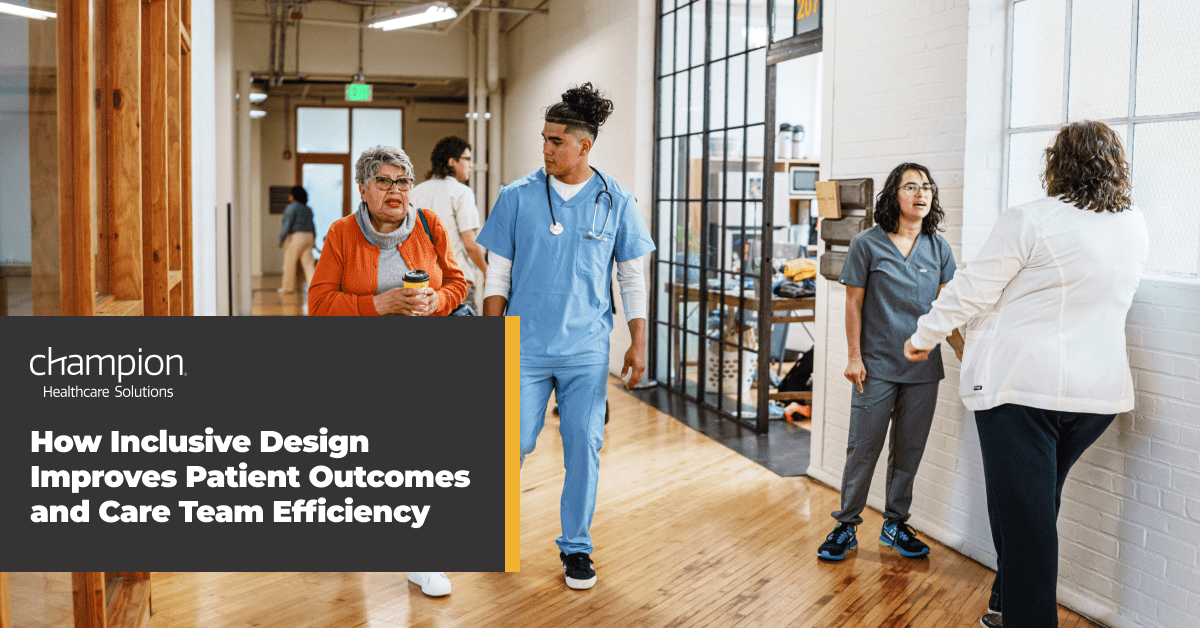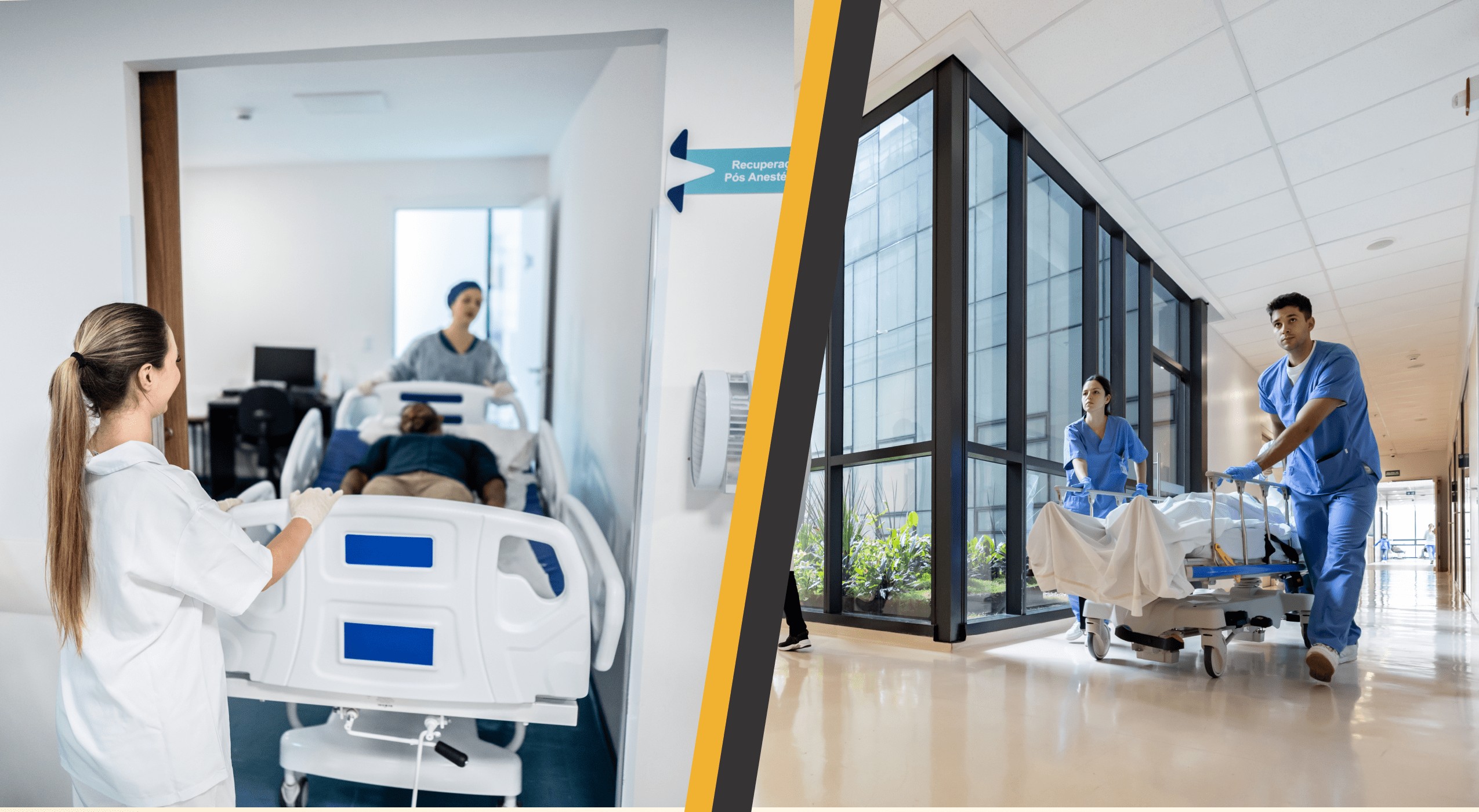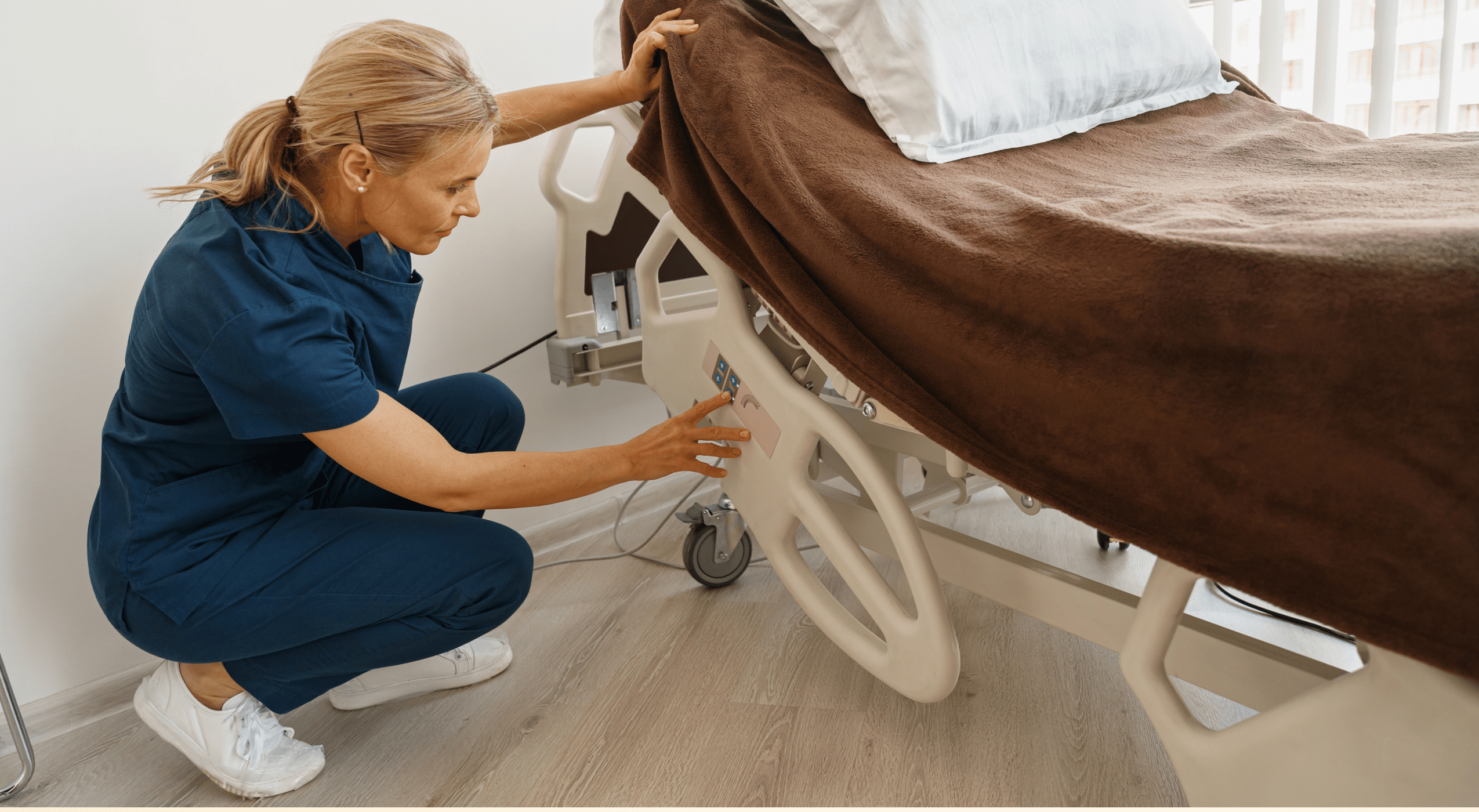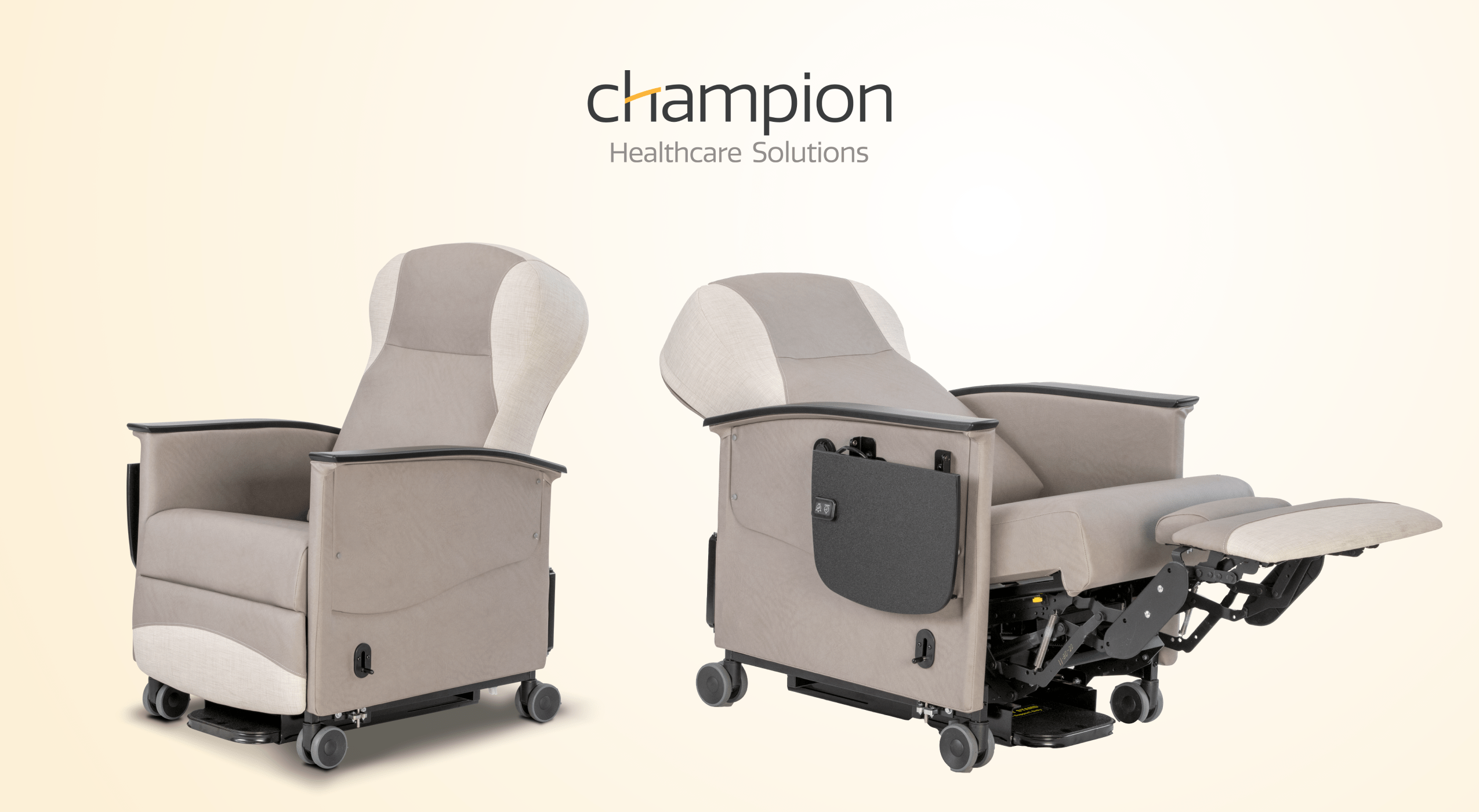
When a patient walks into a medical facility—whether for a routine infusion or a life-saving oncology treatment—the last thing they should have to worry about is whether the space will accommodate their needs. And yet, for millions of Americans living with a disability or mobility limitation, that concern is very real.
From tight hallways to non-adjustable seating, many care environments are unintentionally difficult to navigate, especially for those with limited mobility, sensory impairments, or chronic pain. That’s where inclusive design comes in: a strategic, patient-centered approach to creating spaces, equipment, and workflows that work better for everyone, regardless of ability.
In oncology and infusion care settings, where patient acuity is often high and treatments can last hours, inclusivity is not just a design feature—it’s a foundational part of delivering dignified, compassionate care.
What Is Inclusive Design in Healthcare—and Why Is It Critical for Patient Care?
Inclusive design goes beyond basic ADA compliance. While accessibility laws set essential minimums, inclusive design asks more thoughtful questions:
- Can a patient with limited strength operate this recliner without help?
- Can a caregiver safely reposition a patient without strain or awkward maneuvering?
- Will a plus-sized patient feel dignified and physically supported in this seating area?
By prioritizing ease, comfort, safety, and dignity across the full range of patient and caregiver needs, inclusive design helps healthcare leaders create environments that are not only more functional but also more humane.
Sign up to get the latest industry news and offers right in your inbox

How Inclusive Healthcare Environments Improve Patient Outcomes and Staff Well-being
According to the CDC, more than 1 in 4 U.S. adults live with some type of disability. That number climbs with age and is especially relevant among cancer patients, who often experience fatigue, neuropathy, or reduced mobility as a result of their treatment.
The design of clinical environments plays a big role in how patients experience care. But it also affects the people providing that care. Nurses and technicians—especially those in oncology and infusion settings—spend long hours on their feet, frequently lifting, bending, and repositioning patients. When equipment and layout work against them, burnout and injury risk go up. When thoughtful design supports them, everyone benefits.
Inclusive Design for Healthcare Workers with Disabilities and Physical Limitations
While most inclusive design conversations focus on patients—and rightfully so—it’s important to remember that caregivers may also have disabilities or physical limitations. According to the Bureau of Labor Statistics, nearly 10% of healthcare support workers identify as having a disability. This includes conditions that affect mobility, grip strength, hearing, or vision.
Inclusive design in treatment environments should also support these professionals. The following features can make a major difference in supporting both clinical performance and job satisfaction:
- Low-effort recline mechanisms
- Push handles and central-locking casters
- Intuitive controls within easy reach
- Clear sightlines and visual cues
By designing spaces and tools that anticipate the needs of a diverse workforce—not just patients—facilities send a powerful message of inclusion and respect.

5 Key Inclusive Design Strategies for Medical Facilities
Access Without Obstacle: Every square foot should support fluid movement. That means wider pathways for wheelchairs and walkers, height-adjustable equipment, and layouts that reduce bottlenecks. Recliners should offer powered adjustments to minimize manual repositioning, and furniture should be easy to move or rotate for flexible room setups.
Comfort for Every Body: Body size, shape, and strength vary greatly across patient populations. Oncology clinics in particular should consider bariatric-friendly recliners, ergonomic armrests, adjustable footrests, and intuitive positioning features. Look for chairs with ample seat width and a range of recline options to accommodate short naps, extended infusions, or assisted transfers.
Ease for Care Teams: Even the best chair is only helpful if staff can use it efficiently. Features like swing-away arms, quick-release seats, fold-down trays, and central-locking casters make it easier for caregivers to do their jobs without the frustration of working around clunky equipment.
Thoughtful Technology Integration: Today’s infusion chairs often double as power stations, meal trays, and care command centers. USB charging ports, tabletop heat/massage controls, and push handles add everyday functionality that patients and staff alike can appreciate. These small touches help normalize and humanize the treatment experience.
Dignity by Design: Above all, inclusive design is about creating a setting where every patient feels seen, respected, and safe. That means avoiding overly clinical aesthetics when possible, providing personal space for caregivers or visitors, and using durable but attractive finishes that reflect warmth, not institutional coldness.
How to Start Implementing Inclusive Design in Oncology and Infusion Spaces
For many oncology and infusion administrators, retrofitting or designing a more inclusive space may feel daunting. But transformation doesn’t always require a full renovation. Sometimes, it starts with the seating.
Recliners are often the most used—and least upgraded—items in outpatient treatment environments. Yet they play a central role in both patient experience and care delivery. Swapping out older, hard-to-maneuver chairs for models with better ergonomics, adjustability, and bariatric options can deliver an outsized return on investment, especially when paired with caregiver-friendly features that enhance workflow.
A Champion of Inclusive Design: The Alō Recovery Recliner
At Champion, we believe that inclusive design should be built into every piece of equipment, not added as an afterthought. That’s why our Alō Recovery medical recliner was specifically engineered to support a wide spectrum of needs, for both patients and caregivers.
Used across oncology, infusion, and acute care settings, the Alō Recovery combines advanced functionality with intuitive design:
- Available in Power, Manual, and XL models to support diverse patient sizes and preferences
- Lower working height for easier access and transfer assistance
- Swing-away arms and infinite recline positions for improved comfort and clinical efficiency
- Modular construction and steel frame for lasting durability under high-demand use
- Optional Trendelenburg positioning, fold-down trays, quick-release seats, and USB ports for added flexibility
- Central-locking casters and push handles for safer maneuvering in busy care environments
Whether you’re outfitting a single infusion bay or updating your entire treatment floor, the Alō Recovery delivers comfort, adaptability, and dignity—without compromise.

Explore the Alō Recovery Recliner and discover how Champion can help your facility lead the way in inclusive, patient-centered care. Not sure how it will fit in your space? Use our new virtual chair configurator to customize, preview, and compare options online. Then, request a quote for your facility.
